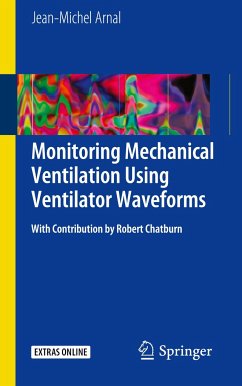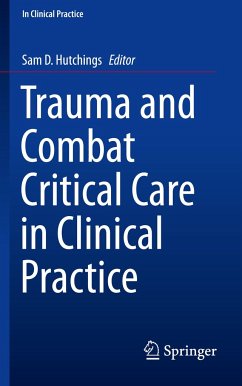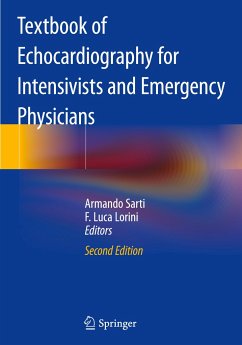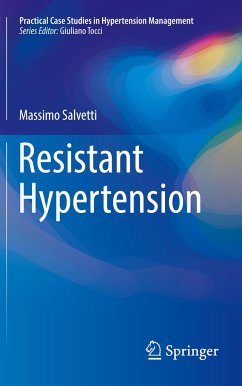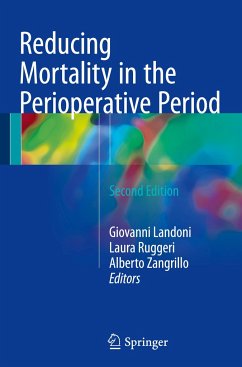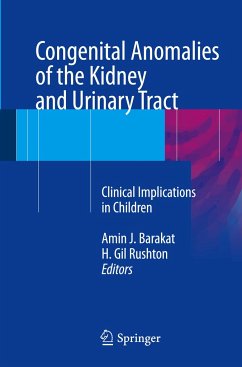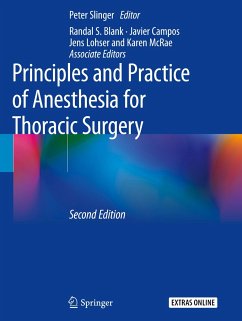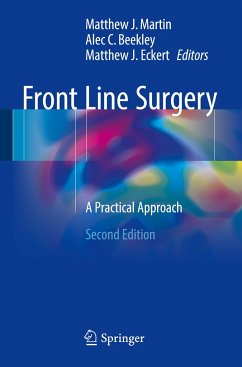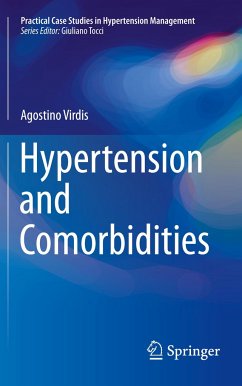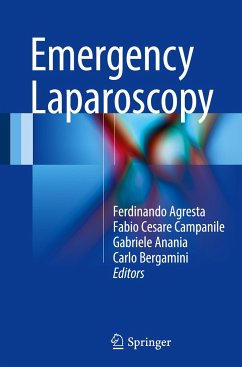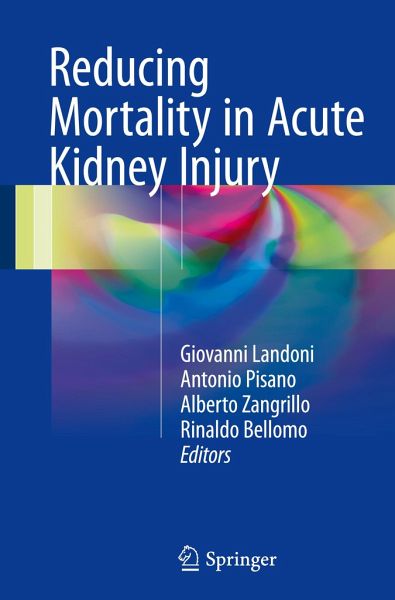
Reducing Mortality in Acute Kidney Injury

PAYBACK Punkte
38 °P sammeln!
This book describes the techniques, strategies, and drugs that have been demonstrated by at least one paper published in a peer-reviewed journal to significantly influence survival in patients with or at risk for acute kidney injury. Each chapter focuses on a specific intervention. The scope is accordingly wide, with coverage of topics as diverse as the type, timing, and dose of renal replacement therapy (RRT), anticoagulation and specific indications for RRT, perioperative hemodynamic optimization, fluid balance, diuretics, colloids, fenoldopam, terlipressin, N-acetylcysteine, and vasopressin...
This book describes the techniques, strategies, and drugs that have been demonstrated by at least one paper published in a peer-reviewed journal to significantly influence survival in patients with or at risk for acute kidney injury. Each chapter focuses on a specific intervention. The scope is accordingly wide, with coverage of topics as diverse as the type, timing, and dose of renal replacement therapy (RRT), anticoagulation and specific indications for RRT, perioperative hemodynamic optimization, fluid balance, diuretics, colloids, fenoldopam, terlipressin, N-acetylcysteine, and vasopressin. A variety of settings are considered, including critically ill patients, cardiac surgery, and hepatic and hematologic disorders. The topic selection was made using a democracy-based approach in which hundreds of specialists from dozens of countries expressed, via the web, whether they agreed with these topics and whether they used the techniques in their daily clinical practice. The clear text is supported by "how to do" sections and "key point" boxes that provide easily accessible practical information. The book will be of interest for a wide variety of specialists, including intensivists, nephrologists, emergency doctors, and anesthesiologists.



